Growing Awareness and Education
The increasing awareness and education surrounding hematopoietic stem-cell transplantation are pivotal in driving market growth. Healthcare professionals and patients are becoming more informed about the benefits and potential of this treatment option. Educational initiatives, including workshops and seminars, are being organized to disseminate knowledge about the procedure, its risks, and its advantages. This heightened awareness is leading to a greater acceptance of stem-cell transplantation as a standard treatment for various hematological conditions. As a result, the hematopoietic stem-cell-transplantation market is likely to experience a surge in demand, with more patients seeking this life-saving intervention. Additionally, public campaigns aimed at increasing donor registrations for stem cell banks are expected to further support market expansion.
Advancements in Stem Cell Research
Ongoing advancements in stem cell research are significantly influencing the hematopoietic stem-cell-transplantation market. Innovations in understanding stem cell biology and their applications in regenerative medicine are paving the way for improved transplantation techniques. Research indicates that the success rates of hematopoietic stem-cell transplants have increased, with survival rates reaching up to 60% for certain patient populations. These advancements not only enhance patient outcomes but also expand the eligibility criteria for transplantation, allowing more patients to benefit from this treatment. Furthermore, the development of novel stem cell sources, such as induced pluripotent stem cells (iPSCs), is expected to revolutionize the market. As these research breakthroughs continue to emerge, they are likely to drive the growth of the hematopoietic stem-cell-transplantation market in the coming years.
Technological Integration in Healthcare
The integration of advanced technologies in healthcare is transforming the landscape of the hematopoietic stem-cell-transplantation market. Innovations such as telemedicine, artificial intelligence, and data analytics are enhancing patient management and treatment protocols. For instance, telemedicine allows for remote consultations, making it easier for patients to access specialized care. Moreover, AI-driven tools are being utilized to predict patient outcomes and optimize treatment plans, thereby improving the overall efficiency of the transplantation process. This technological evolution is likely to streamline operations within healthcare facilities, reduce costs, and ultimately enhance patient experiences. As these technologies continue to evolve, they are expected to play a crucial role in shaping the future of the hematopoietic stem-cell-transplantation market.
Increased Funding for Research and Development
The hematopoietic stem-cell-transplantation market is benefiting from increased funding for research and development initiatives. Government and private sector investments are being directed towards innovative therapies and clinical trials aimed at improving transplantation outcomes. In the US, funding for hematological research has seen a notable rise, with federal grants and private donations contributing to advancements in treatment methodologies. This influx of capital is facilitating the exploration of novel approaches, such as gene editing and personalized medicine, which hold the potential to enhance the efficacy of stem-cell transplants. As research progresses, it is anticipated that new therapies will emerge, further propelling the growth of the hematopoietic stem-cell-transplantation market and improving patient care.
Increasing Incidence of Hematological Disorders
The rising prevalence of hematological disorders, such as leukemia and lymphoma, is a primary driver for the hematopoietic stem-cell-transplantation market. In the US, the incidence of leukemia is estimated to be around 14,000 new cases annually, contributing to a growing demand for effective treatment options. This trend is likely to escalate as the population ages, with older individuals being more susceptible to these conditions. Consequently, healthcare providers are increasingly turning to hematopoietic stem-cell transplantation as a viable treatment modality. The market is projected to witness substantial growth, with estimates suggesting a compound annual growth rate (CAGR) of approximately 8% over the next five years. This surge in demand underscores the critical role of hematopoietic stem-cell transplantation in addressing the needs of patients with hematological malignancies.


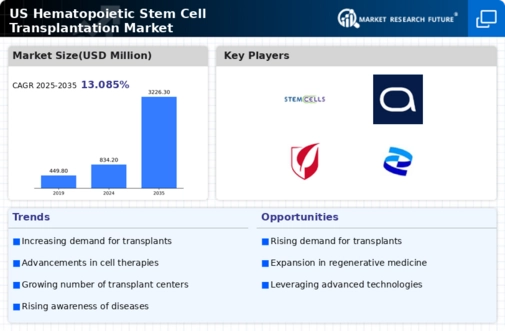
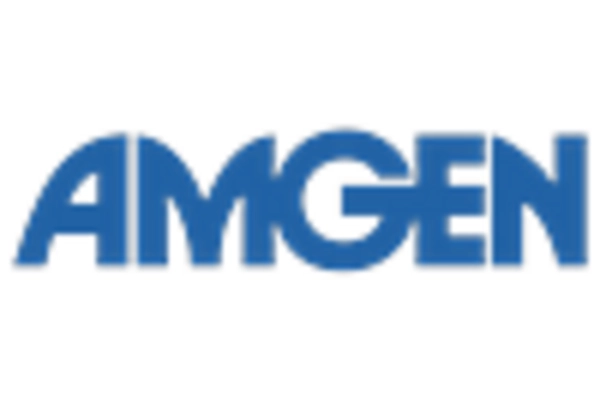
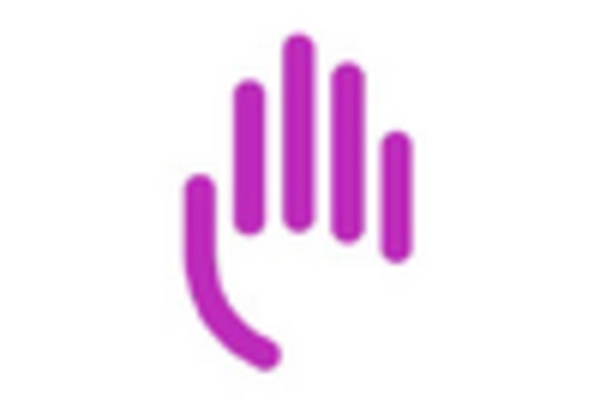
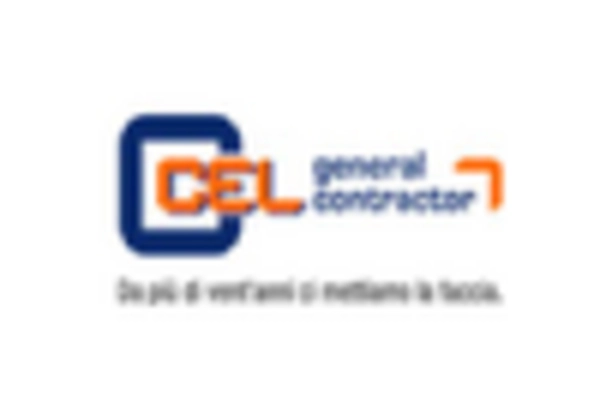
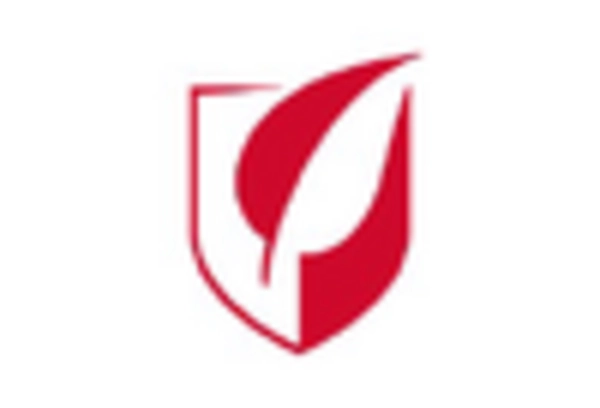

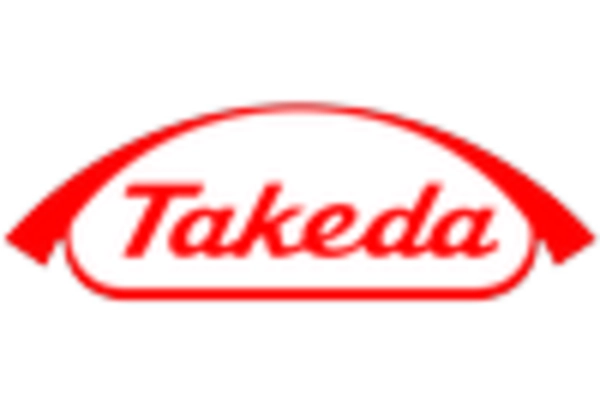








Leave a Comment